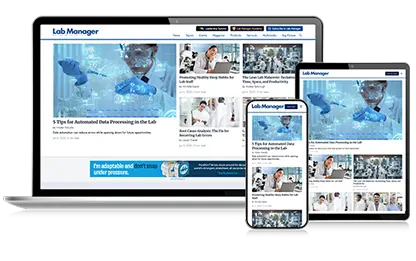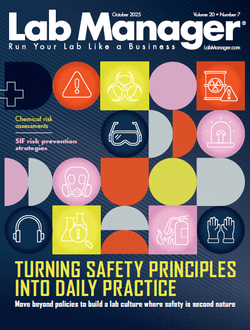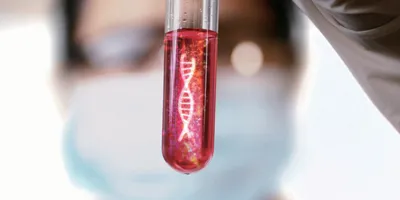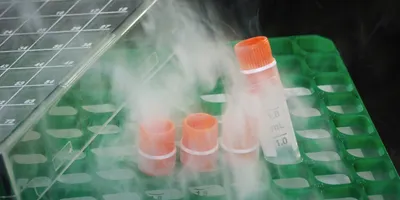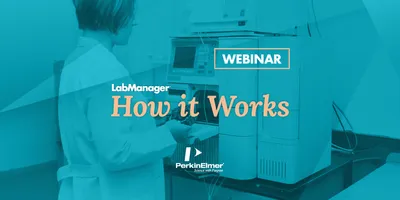Problem: Mass spectrometry (MS) has become an indispensible technology for the analysis of compounds of biological interest, is widely available and offers rapid and accurate detection with broad applicability. Current upstream separation technologies may fall short of taking advantage of the full sensitivity range of the mass spectrometer. How can MS sensitivity be significantly increased while simultaneously expanding analyte coverage?
Solution: CESI is an upstream separation technology that combines the ultra-low flow of capillary electrophoresis with sheathless ESI (electrospray ionization) to minimize ion suppression, increase sensitivity and expand the capabilities of mass spectrometry. The CESI 8000* from Beckman Coulter is a capillary electrophoresis platform that, like MS, separates analytes on the basis of their M/Z ratio, but in liquid, rather than in gas phase. Capillary electrophoresis (CE) is known for efficient separations with high peak capacities and exemplary resolution, and has become the gold standard for applications such as the characterization of therapeutic proteins.
CE works at its best with polar and charged analytes such as metabolites, basic drugs and peptides. Its ability to separate intact proteins, highly charged peptides and protein complexes that are exceedingly difficult to resolve will provide new information not easily achievable by LC-MS. Traditionally, CE-MS has been performed using a coaxial sprayer, which adds sheath liquid and nebulizing gas to achieve stable ESI spray. This coaxial “triple-tube sprayer” design, although functional, leads to sample dilution and decreased signal. Beckman Coulter’s new CESI 8000 High Performance Separation- ESI Module with OptiMS technology provides the first ever commercial sheathless CE-MS sprayer, giving researchers a robust, high-sensitivity interface that takes advantage of highly efficient, low-flow CE separations.

OptiMS technology combines an intrinsically low flow CE separation with ESI in a simple device that has no liquid junction or dead volume. Sample components are separated in an electric field that is applied between the inlet vial and the OptiMS sprayer. The electrical contact for CE is achieved through the porous tip within the ESI needle, which is filled with conductive liquid, and for the ESI spray by the porous capillary protruding from the needle, allowing electrospray formation at the capillary tip. When ESI voltage is applied, the low flow at the tip terminus instantly vaporizes into a spray. This ensures that the intrinsic advantages of CE are delivered by the sprayer to the mass spectrometer in a robust manner without dilution or disturbance, even at flow rates as low as 20 nL per minute. The benefits of this technology have already been noted in proteomics, metabolomics, identification of drugs and their metabolites in biological fluids, and the analysis of intact proteins. Limits of detection of drug metabolites in the low pg/mL range and of peptides at the low pM level have been observed. OptiMS technology is exclusively available on the new CESI 8000 High Performance Separation-ESI Module and specifically designed for mass spectrometry applications. The CESI 8000 incorporates automated sample handling from microvials or 96-well microplates. Easy switching between LC-MS and CE-MS allows the addition of CESI to existing workflows and obtaining sought-after, complimentary information.
More information about CESI is available at www.celeader.com.
* In development. For laboratory use only; not for use in diagnostic procedures.
Problem: Mass spectrometry (MS) has become an indispensible technology for the analysis of compounds of biological interest, is widely available and offers rapid and accurate detection with broad applicability. Current upstream separation technologies may fall short of taking advantage of the full sensitivity range of the mass spectrometer. How can MS sensitivity be significantly increased while simultaneously expanding analyte coverage?
To continue reading this article, sign up for FREE to

Membership is FREE and provides you with instant access to eNewsletters, digital publications, article archives, and more.
